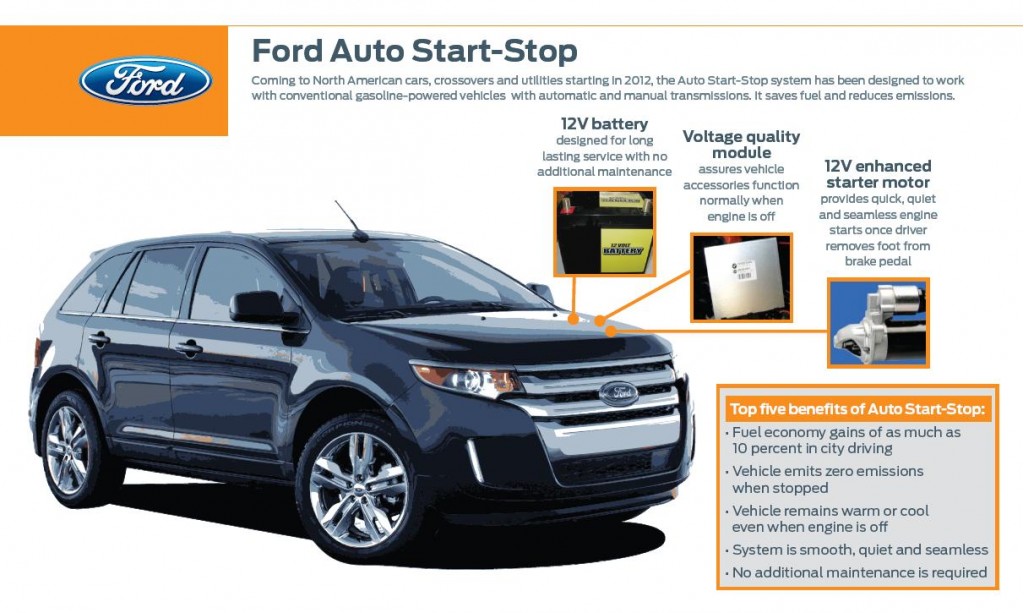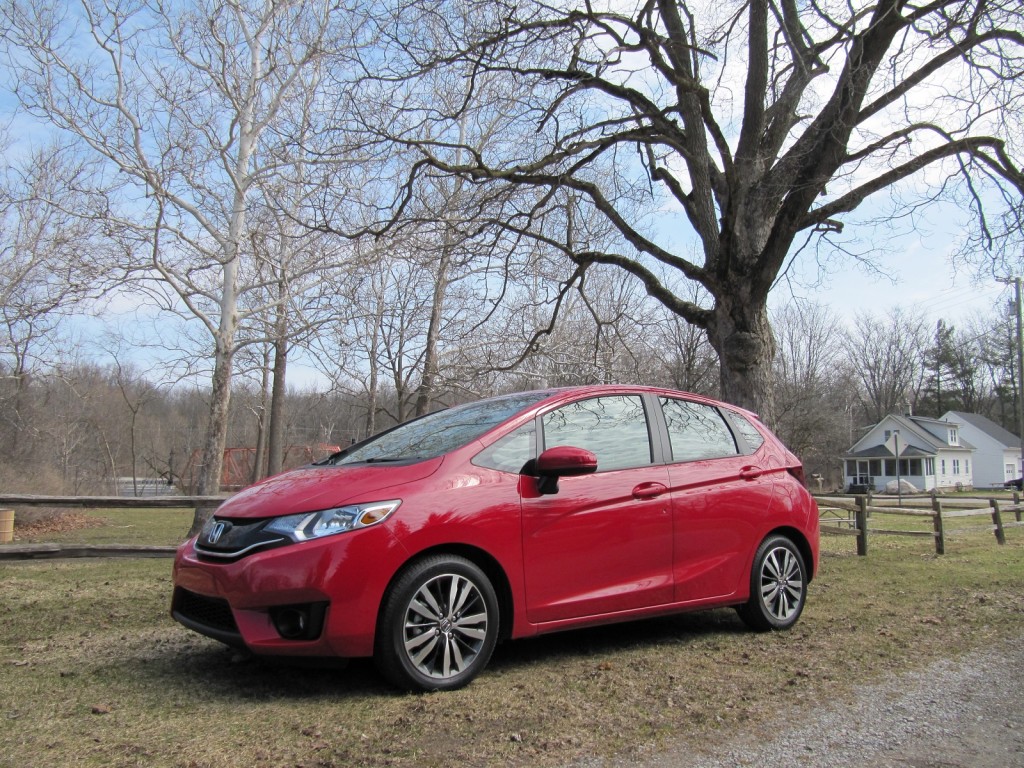Start-stop systems have finally started to arrive on U.S. new cars in noticeable numbers.
The systems, which simply turn off a car's engine when it's sitting stationary and then switch it back on as the driver's foot starts to lift off the brake, are now fitted to 7 percent of new cars sold in the U.S.
DON'T MISS: Ford To Have Start-Stop On 70 Percent Of Vehicles By 2017
That calculation comes from industry analyst IHS Automotive, as cited in The Detroit News.
But IHS projects that by 2020, more than half of U.S. new cars will include start-stop.

Ford Auto Start-Stop fact sheet
It's all due to automakers' quest to squeeze every last drop of efficiency out of passenger vehicles to meet steadily rising corporate average fuel economy rules stretching out to 2025.
In the article, the Detroit News writer refers to anecdotal driver resistance and confusion over the new function.
ALSO SEE: No Start-Stop For 2015 Honda Fit To Avert Acceleration Lag: Report
While hybrid drivers have been accustomed for 15 years to their engines switching off while the car is at rest, it's largely a new experience for drivers of more conventional cars.
And, if not properly explained by the dealership, it could certainly lead to the worry that something is wrong with the car that causes it to stall at traffic lights.
That's the reason Honda officials gave for not including it on the new 2015 Honda Fit, which includes start-stop in other markets. (Though the 2015 Fit still achieves a 36-mpg combined EPA rating, so the need also isn't as great.)

2015 Honda Fit, test drive around Ann Arbor, Michigan, Apr 2014
Still, we suspect that over time, those worries will abate as the feature becomes more prevalent.
It's least noticeable in the priciest and most luxurious vehicles with the best sound insulation, but it is being introduced by most automakers in a variety of vehicles and segments.
MORE: Will Ultracapacitors Save Start-Stop Systems From Consumer Wrath?
Customers quoted in the piece said they eventually got used to the feature, but dealers noted that it's not a feature car buyers request--most likely because it hasn't been widely publicized or promoted.The fuel savings from start-stop depend greatly on the driving cycle. It saves no fuel during high-speed highway travel, but in urban stop-and-go traffic, it can reduce fuel consumption 10 to 15 percent.
And as steadily rising CAFE requirements start to bite, automakers will be using any and all technologies possible to boost gas mileage.
So expect to see start-stop on a lot more of the cars you drive in the coming years.
_______________________________________________













